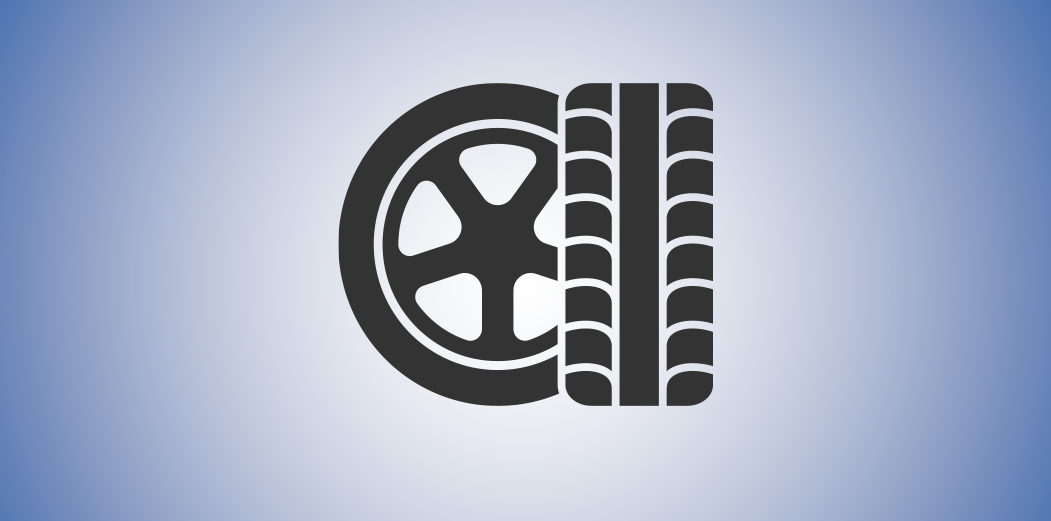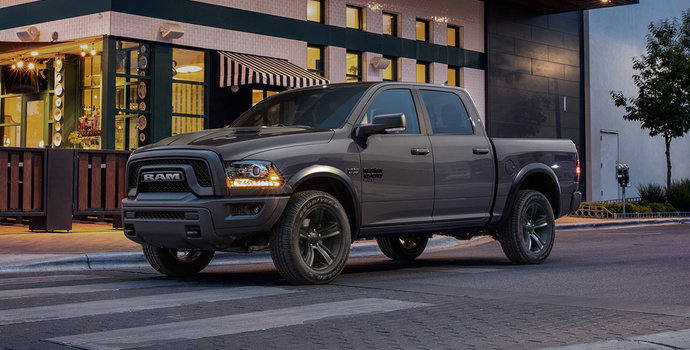Q: Why is it important to have my wheels aligned by the Mopar?
A: Your vehicle’s steering and suspension are calibrated for optimal performance to maximize fuel economy and safety while at the same time minimizing wear and tear on your vehicle’s components. Even without nudging curbs or hitting potholes, the simple rigors of everyday driving can cause these systems to fall out of calibration – in the best-case scenario, causing premature wear of steering and suspension component as well as your tires; in the worst-case scenario, making your vehicle unpredictable and unsafe as you travel down the road.
If you are experiencing any of the following, you may have an alignment issue and should book an appointment with your local Mopar service experts for an alignment inspection to properly diagnose the problem:
- Uneven tire wear
- Drifting
- Vibrations felt through the steering wheel
- Steering wheel not centered, even though your car is driving straight
Q: Why should I purchase winter tires?
A: In temperatures below 7° Celsius, you need winter tires.
At precisely 7° Celsius, the superior adhesion of winter tires begins to make a difference, regardless of road or weather conditions. With their specifically formulated rubber compounds, winter tires reduce vehicle stopping distances by up to 25% – performance that can make the difference between a close call and calling for a tow.
Q: What should I look for when buying new tires?
A: Look for tires that are the equivalent to the originals in size, quality and performance. Refer to your original tire for proper size or check your owner’s manual. Failure to use manufacturer-recommended replacement tires might adversely affect the safety, handling and ride of your Chrysler, Dodge, FIAT®, Jeep® or Ram Brand vehicle. Also, you should be aware that replacing original tires with a different size might result in false speedometer and odometer readings. Your Mopar dealer has the right tires for your vehicle in stock at very competitive prices.
If you have any questions regarding tire specifications or capability, contact your dealer before you buy new ones.
Q: Why should I have my tires rotated?
A: Rotating your tires based on the schedule presented in your owner’s manual is very important. The front tires on your vehicle wear differently and more quickly than the rear tires – especially if it is a front-wheel drive. Rotating tires from front to rear several times during their lifecycle will:
- Help to equalize tread wear
- Provide an opportunity to inspect your tires for any damage
- Ensure that you maximize the life of all 4 tires
There are several different acceptable methods for rotating your tires based on the set-up of your vehicle:
- Staggered wheels (front and rear tires are different sizes)
- Unidirectional tires (tires specific to one side of the car)
- Asymmetrical tires (tread pattern changes from inside to outside of the tire)
Your Mopar service expert can determine the proper tire rotation for your vehicle.
Q: How often should I check my tire pressure?
A: Typically, tire pressure should be checked at least once a month as tires that are not properly inflated can compromise both the handling and safety of your vehicle.
Q: What if my tire pressure is too high?
A: If your tire pressure is too high, your tires are overinflated and have less contact with the road. This gives you less grip, traction and power, and increases your effective stopping distance. Over-inflation also increases tire wear in the centre portion of the tread and exposes your tires to damage from objects on the road and potholes. Your ride won’t be nearly as comfortable either, because your tires will be “bouncing” on the road.
Q: What if my tire pressure is too low?
A: If your tires are underinflated, too much of your tire is in contact with the road. This makes your tire hot and may result in overheating. In the worst-case scenario, this may cause tire failure. Under-inflation also increases tire wear on the tread at the edges and decreases your fuel economy.
Q: What is my correct tire pressure?
A: Your recommended tire pressure is located on a sticker in the driver’s door jamb or fuel-filler door. This is the ideal pressure for the tires used on your specific model vehicle. The pressure indicated on your tire wall is the maximum allowable tire pressure, not the recommended pressure. If you are having problems with maintaining tire pressure or if you notice any unusual or uneven wear or damage to your tires, see your Mopar service experts as soon as possible.
Q: I'm hearing a lot about nitrogen. Does filling my tires with nitrogen really improve gas mileage?
A: Possibly. The important thing is to make sure your tires are properly inflated, which does improve gas mileage. If you already check your tire pressure regularly, you probably don’t need nitrogen in your tires. The added benefit of nitrogen is that it contains no moisture, which is present with a standard air fill. The absence of moisture provides a more stable pressure resulting in tires that are properly inflated longer. So, if you’re not in the habit of monitoring your tire pressure once a month and you are driving around with under-inflated tires, then yes, nitrogen may help improve your gas mileage. Remember, whatever type of tire fill you choose, be it air or nitrogen, tire pressures should be checked every month as outlined in your scheduled maintenance booklet. The proper tire pressure for your vehicle is listed on the tire pressure label located on the driver’s door pillar.






